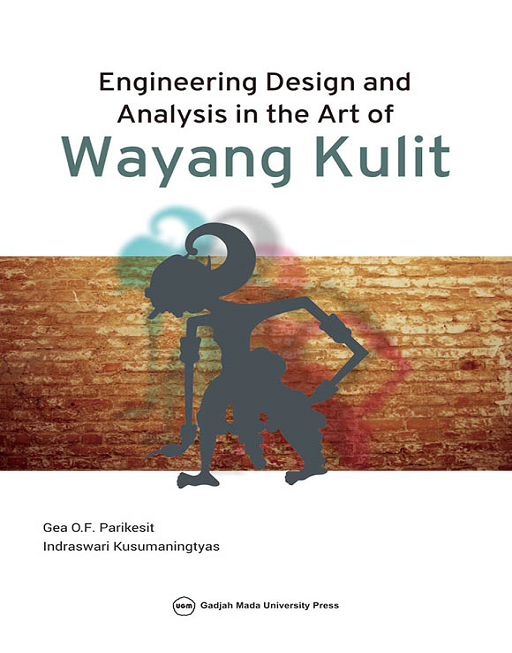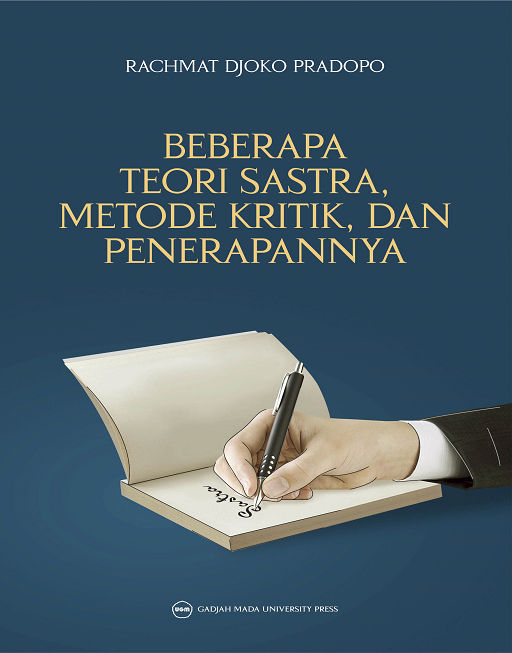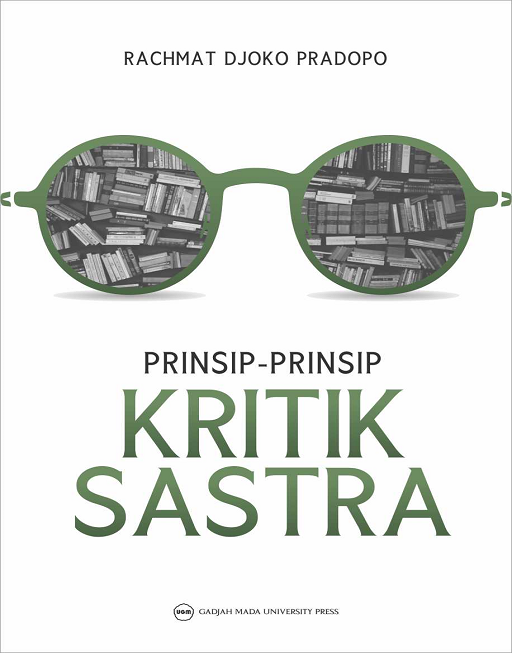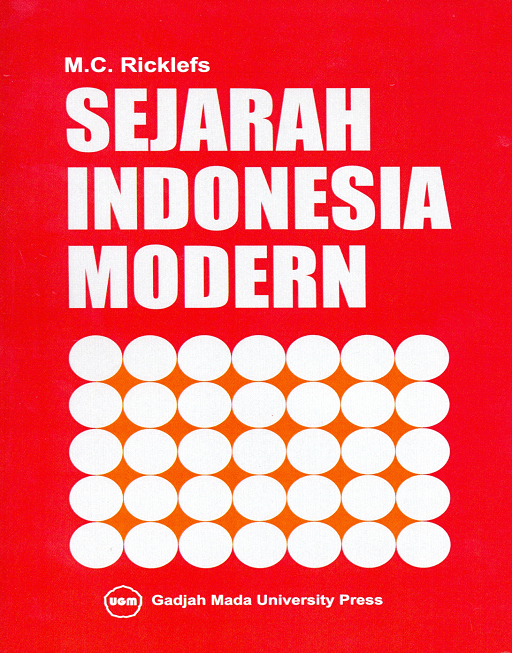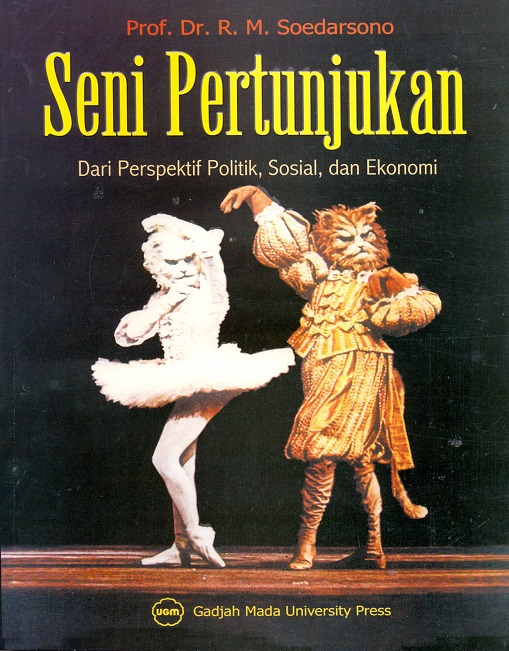Detail Produk
Engineering Design and Analysis in the Art of Wayang Kulit
Budaya
Share this :
Penulis: Gea O.F Parikesit , Indraswari Kusumaningtyas
ISBN: 978-602-386-267-2
Dilihat: 6647 kali
Stock: 0
Ditambahkan: 06 December 2017
This book is divided into three main parts and an epilogue. The first part of the book provides a context for the readers to understand the underlying background of our work. Chapter 1 gives a brief overview about wayang kulit, whereas second chapter introduces the field of digital humanities that has particularly touched the art of wayang kulit. The second part of the book is focused on the engineering design in wayang kulit, particularly related to the methods we developed to display 3D shadow images
Rp78.000,00
Maaf buku ini sedang tidak tersedia
This book is divided into three main parts and an epilogue. The first part of the book provides a context for the readers to understand the underlying background of our work. Chapter 1 gives a brief overview about wayang kulit, whereas second chapter introduces the field of digital humanities that has particularly touched the art of wayang kulit. The second part of the book is focused on the engineering design in wayang kulit, particularly related to the methods we developed to display 3D shadow images. The third chapter qualitatively explains the phenomenon of colour-based stereoscopic shadows, which form the basis of 3D shadow images. In the fourth chapter we start to describe quantitatively the optical methods to synthesize the 3D shadow images. In the fifth chapter, we share our experiences from two art exhibitions, i.e. the Jogja ArtWeeks in 2015 and the 'Wayang and New Technology' in Tembi Rumah Budaya in 2016. The sixth chapter explores the quantitative methods to digitally synthesize the 3D shadow images, which opens up new possibilities in art performances, where dhalangs can combine real and virtual 3D shadow images. The third part of the book is focused on the engineering analysis in wayang kulit. In the seventh chapter, we start with the analysis of the puppet shapes. Afterwards, in the eighth chapter we use the 3D shadow images described in Chapters 3–6 to quantitatively measure the pose of the puppets. The same method can also be extended to analyse the puppet movements, which is explained in the ninth chapter. This quantitative analysis of the puppet movements is a continuation of the research pioneered by Prof. Roger A. Long in 1979, on the puppet movements in the Ngayogyakarta wayang kulit. Meanwhile, in the tenth chapter, we analyse the audiovisual patterns in wayang kulit performances. These patterns may become relevant, not only for engineers who are interested in developing interactive artworks, but also for scholars in the field of digital humanities who are interested to investigate the change of wayang kulit performances over space and time.
- Bahasa Teks Buku English
- Cetakan First Print, November 2017
- Tebal 172 halaman
- Ukuran 15,5 cm x 23 cm
- tahun terbit pertama 2017
- Kode Buku E044
- Categories Budaya, Sosial & Humaniora
BUKU TERKAIT
© 2015 - 2025 UGM PRESS. All Rights Reserved.
